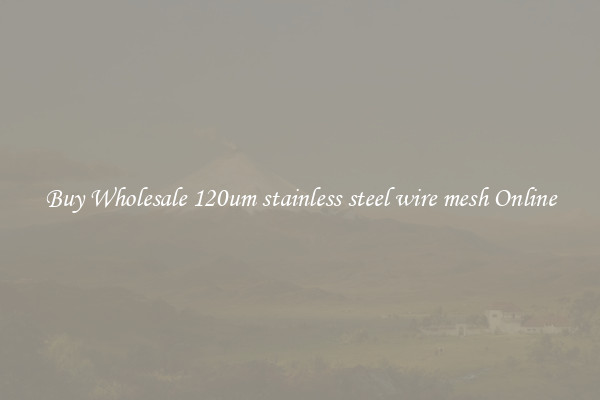Trendy and Organic can you 3d print clothing for All Seasons
Trendy and Organic: Can You 3D Print Clothing for All Seasons?

The fashion industry has been constantly evolving, and in recent years, there has been a growing interest in sustainable fashion. With a focus on reducing waste and environmental impact, fashion designers and innovators have been exploring new technologies to create clothing that is both trendy and organic. One emerging technology that has gained attention is 3D printing.
3D printing has revolutionized industries such as manufacturing and healthcare, and now it seems to be making its mark in the world of fashion. This technology allows designers to create intricate designs and unique patterns, offering endless possibilities for creativity. Moreover, it has the potential to significantly reduce waste as garments can be printed using only the necessary amount of material, eliminating the need for excess fabric or scissors.
But can 3D printing truly meet the practical demands of clothing for all seasons? Considering the range of temperatures and climate conditions that exist worldwide, it is a challenging task. While 3D printing is an exciting innovation, it does have its limitations when it comes to creating clothing suitable for every season.
One of the primary challenges lies in the choice of materials. Most commonly used 3D printing materials such as plastics and polymers are not ideal for warm weather due to their lack of breathability. For clothing suitable for hot climates, natural fibers like cotton and linen are preferred as they allow air circulation and absorb moisture. While it is technically possible to 3D print with organic materials, the level of comfort and functionality achieved may still fall short of traditional fabrics.
Another factor to consider is the durability of the printed garments. The flexibility and strength of 3D-printed materials remain a concern, especially for clothing that would require regular washing and stretching. Current 3D printing technology utilizes layer-by-layer construction, resulting in a slightly rigid texture. This may cause discomfort, especially if the clothing comes into contact with the skin for prolonged periods.
Despite the challenges, 3D printing in fashion is continuously evolving. Researchers and innovators are exploring new materials specifically designed for clothing, with features such as moisture-wicking properties, breathability, and flexibility. Innovations such as weaving techniques embedded within 3D prints are being experimented with, to overcome the rigid nature of the traditional 3D-printed garments.
As the technology progresses, we may soon witness garments that perfectly blend style and sustainability for all seasons. But for now, 3D printing in fashion might be better suited for creating bold statement pieces or unique accessories rather than a complete wardrobe overhaul. Incorporating 3D-printed elements into garments, like embellishments or intricate details, may be a more practical and feasible approach.
In conclusion, while 3D printing technology holds great potential in the fashion industry, there are still obstacles to overcome in creating clothing suitable for all seasons. However, with ongoing research and development, the day may not be far off when we can enjoy trendy, organic, and sustainable 3D-printed clothing for every season.

View details

View details

View details

View details








